I am part of a research team looking at the possible effects of EM fields on psychological function. The experiment calls for participants to perform a series of tests while inside a Faraday tent that blocks most of the radio spectrum. We'd like to have the participants perform the same tests inside the tent, but now while being exposed to roughly the same EM fields that are present outside of the enclosure. If we open the door or a panel to allow EM fields inside, then the participants will know. Instead we need the participants to not know whether they are being exposed to ambient EM fields.
Our current plan is to link 2 broad spectrum antennas outside the Faraday tent with a matched pair of antennas inside the tent. We'd have a relay switch in the cable to control the on/off function, and a preamp to slightly boost the signal. I'm not convinced this will work though.
What would you guys recommend? It doesn't have to be a perfect replication, just "good enough." We're most interested in reproducing the 25MHz-3GHz range.
